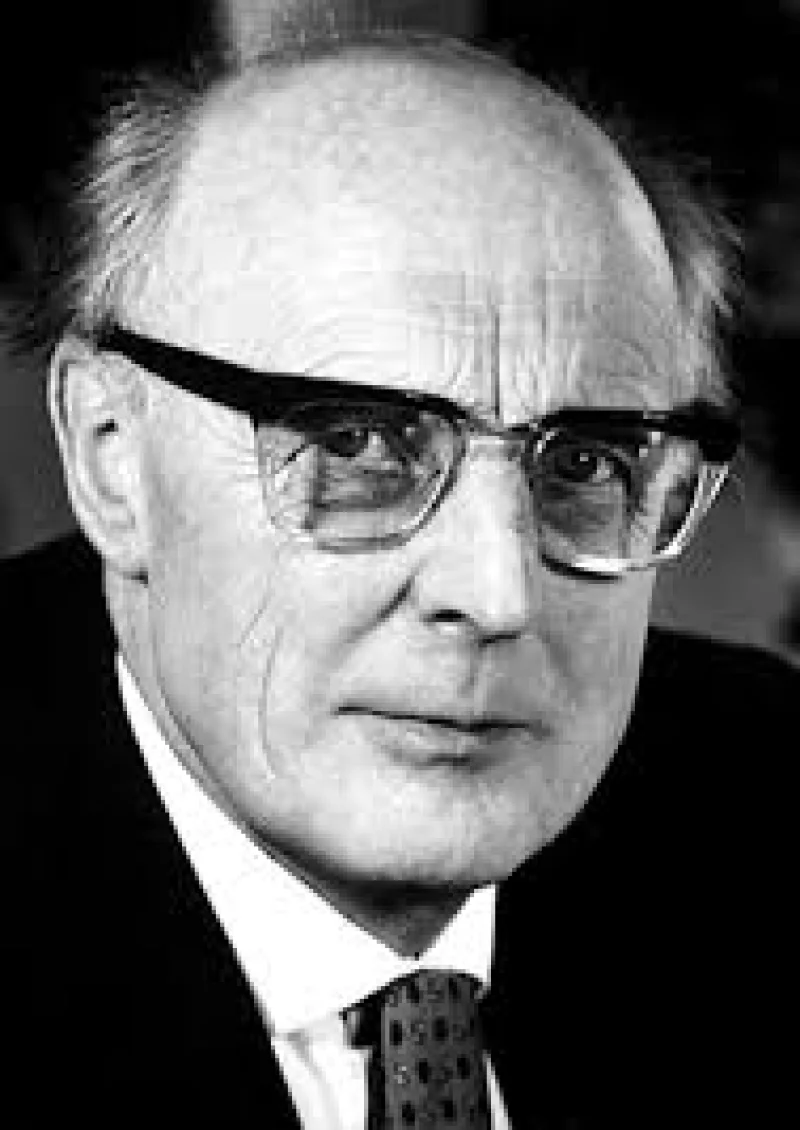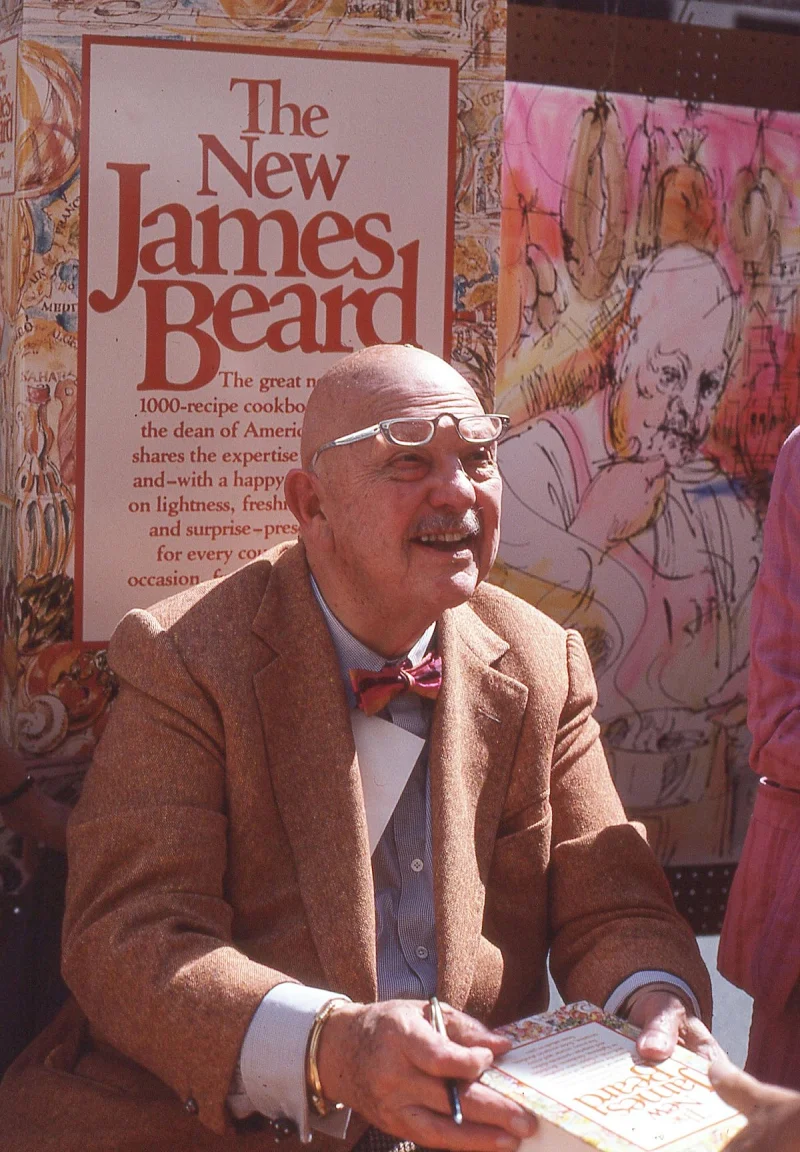Short Summary
J. Hans D. Jensen was a renowned German nuclear physicist, celebrated for his pivotal contributions to the field of nuclear structure. He is best known for developing the nuclear shell model, for which he was awarded the Nobel Prize in Physics in 1963, shared with Maria Goeppert Mayer. His work has had a lasting impact on the understanding of atomic nuclei, cementing his place as a key figure in 20th-century physics.
Early Life & Education
Jensen was born on June 25, 1907, in Hamburg, Germany. He grew up in a family that valued education, which greatly influenced his early interest in science. He attended the University of Hamburg, where he pursued studies in physics, obtaining his doctorate in 1932. During his academic journey, he was mentored by Wilhelm Lenz, which shaped his research interests and scientific approach. Jensen's formative years were characterized by a deep curiosity about the natural world, laying the foundation for his future pioneering work in nuclear physics.
Career Highlights
Jensen began his academic career as a lecturer at the University of Hamburg, later moving to the University of Hanover. His research focused on nuclear structure, and he became a prominent figure in the field during the 1940s. In 1949, he formulated the nuclear shell model, a groundbreaking theory that explained the structure of atomic nuclei. He continued to teach and conduct research at various German universities, ultimately becoming a professor at the University of Heidelberg, where he influenced a generation of physicists with his insights and expertise.
Major Achievements
- Developed the nuclear shell model, revolutionizing the understanding of atomic nuclei.
- Awarded the Nobel Prize in Physics in 1963 for his contribution to the nuclear shell model.
- Published influential papers and books on nuclear physics, advancing the scientific community's knowledge.
- Held prestigious academic positions, impacting students and colleagues through his teaching.
Famous Quotes
- "Science is a way of thinking much more than it is a body of knowledge."
- "The joy of research must be found in doing, since every other harvest is uncertain."
Interesting Facts
- Jensen shared the Nobel Prize with Maria Goeppert Mayer, marking a significant collaboration in physics.
- He was part of the German Uranium Club, which explored nuclear energy during World War II.
- Jensen's work laid the groundwork for modern nuclear physics and its practical applications.
- He was known for his modesty and dedication to teaching, inspiring many students.
Legacy / Influence
Jensen's development of the nuclear shell model has had a profound and lasting impact on the field of nuclear physics, influencing both theoretical research and practical applications such as nuclear energy and medical imaging technologies. His work continues to inspire scientists and researchers, highlighting the importance of understanding atomic nuclei in the broader context of physics.
FAQ
Q: Why is J. Hans D. Jensen famous?
A: Because of his development of the nuclear shell model and winning the Nobel Prize in Physics in 1963.
Q: With whom did Jensen share the Nobel Prize?
A: He shared the Nobel Prize with Maria Goeppert Mayer.
Q: What was Jensen's primary field of study?
A: His primary field of study was nuclear physics, specifically the structure of atomic nuclei.
Q: Where did Jensen spend most of his academic career?
A: He spent a significant part of his career at the University of Heidelberg.












